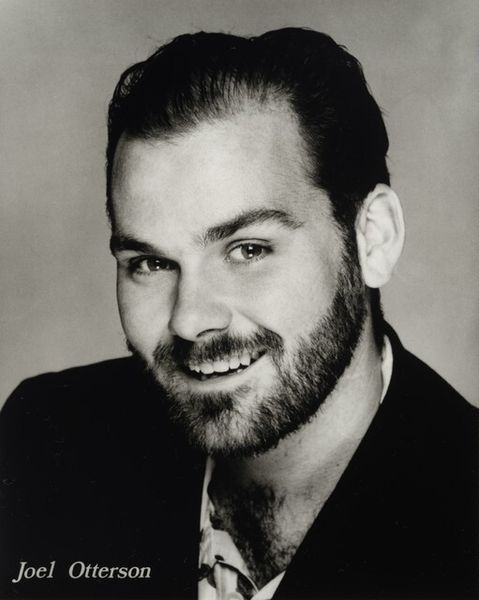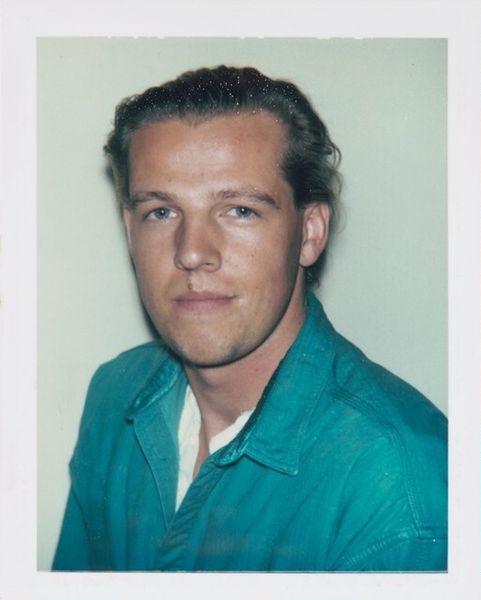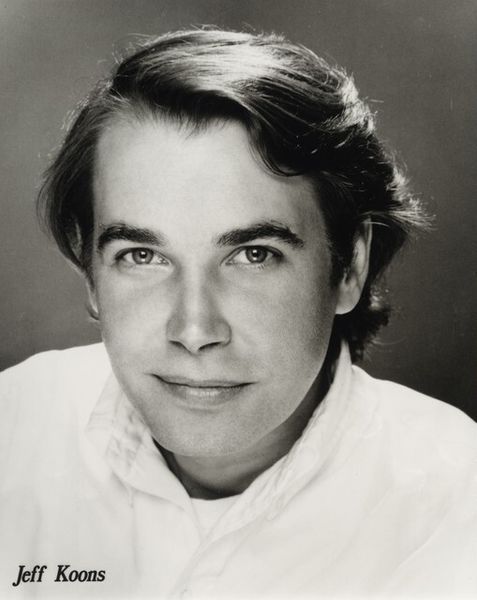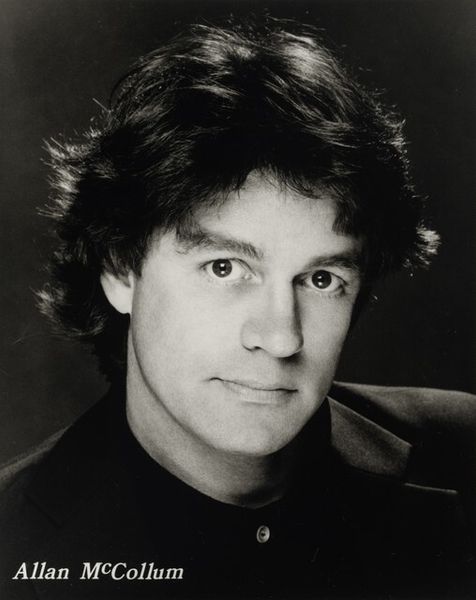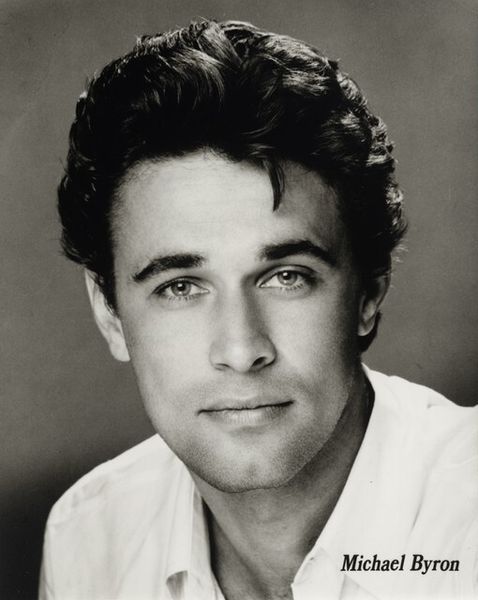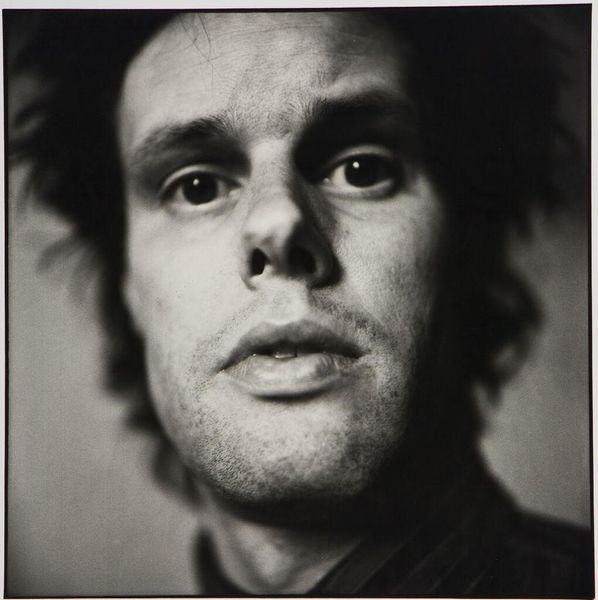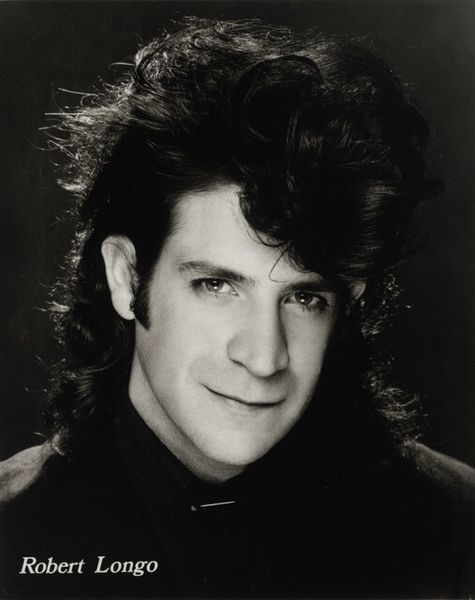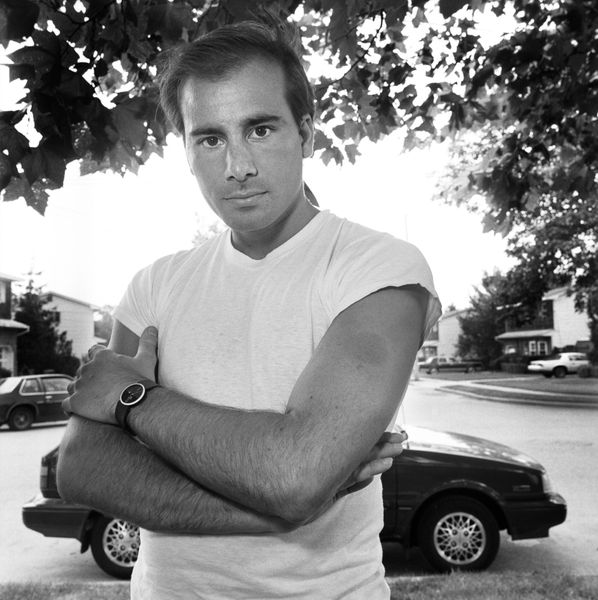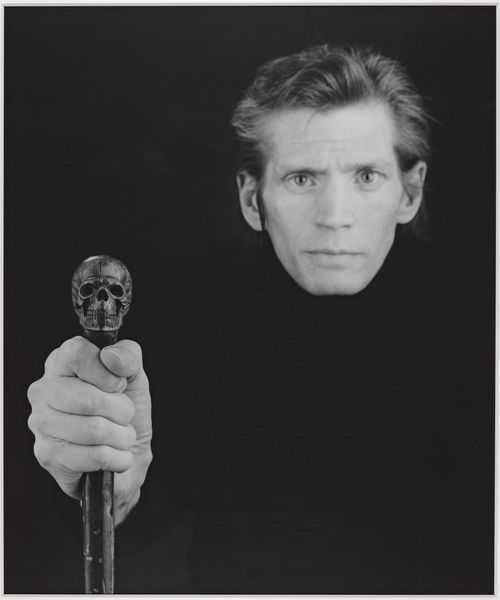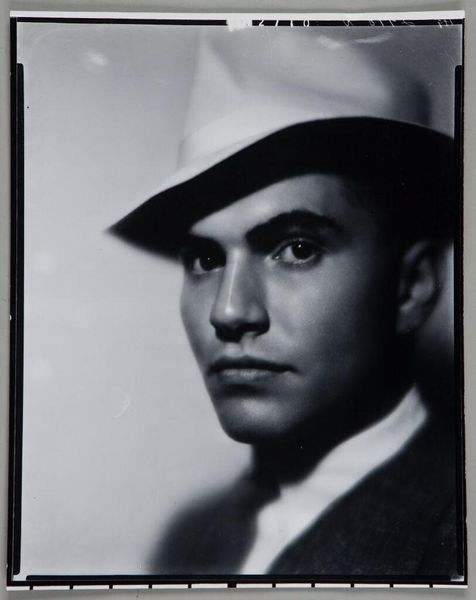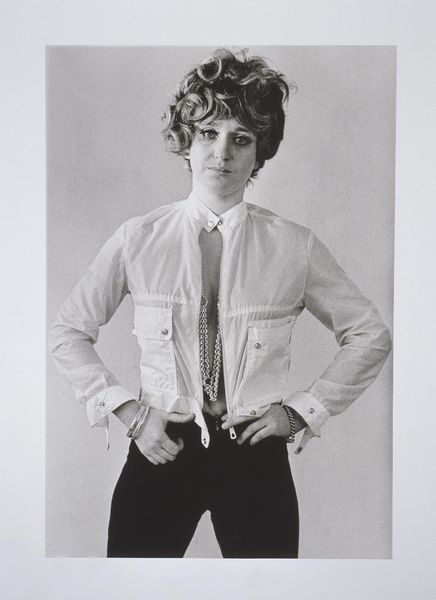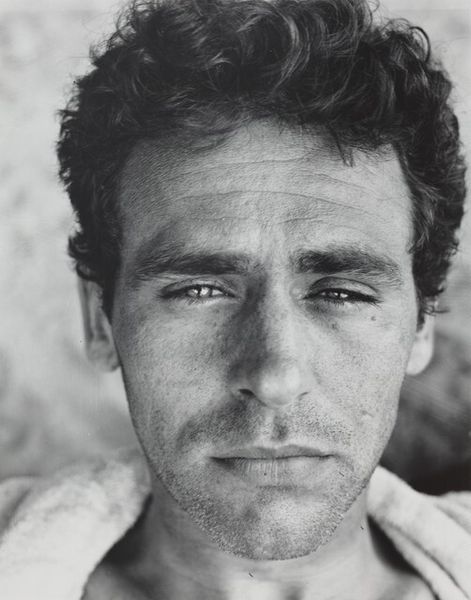
Dimensions: image: 9.5 × 7.3 cm (3 3/4 × 2 7/8 in.) sheet: 10.8 × 8.6 cm (4 1/4 × 3 3/8 in.)
Copyright: National Gallery of Art: CC0 1.0
Curator: So, here we have Andy Warhol's "Unidentified Man (Thick Black Hair)" from 1980, a mixed-media piece incorporating photography. Editor: It's intriguing! I am struck by how the commercial photography process is laid bare, and that seemingly nonchalant title removes any attempt at heroic portrayal that often goes along with portraiture. What is your perspective on this piece? Curator: It's all about deconstructing the aura of the subject through the very act of reproduction, isn't it? Warhol's insistent use of industrial techniques challenges the conventional, romanticised view of artistic labor, right? It makes you consider how mass production influences the value we ascribe to imagery, especially regarding identity. What do you make of his choice of a Polaroid for this? Editor: Well, the instant nature of the Polaroid seems perfect for Warhol’s focus on mass production and immediacy. It feels almost…democratic. Do you think he's commenting on celebrity culture? Curator: Precisely. It challenges notions of authenticity by mimicking its form with widely accessible materials. Consider too the labor behind those vibrant colors – it's about the industrial processes driving art making. It’s a critical statement, almost a mirror reflecting late 20th-century material obsession. Is the “unidentified man” a stand in for all of us, rendered equal in an image-obsessed consumer society? Editor: That's fascinating, reframing the "Unidentified Man" as every man, or perhaps every consumer, caught in the cycle of production and consumption. I had originally focused on the person represented, but now understand it is more about artistic intention using the production methods and accessibility to demystify portraiture. Curator: Precisely! The work prompts you to examine assumptions about artistic creation, challenging traditional boundaries of 'high art', focusing more on production, and its reflection in social structures. It provides an active view of material culture in the Pop art context. Editor: I'll definitely think more critically about art-making processes after this. Thanks for your insight.
Comments
No comments
Be the first to comment and join the conversation on the ultimate creative platform.
